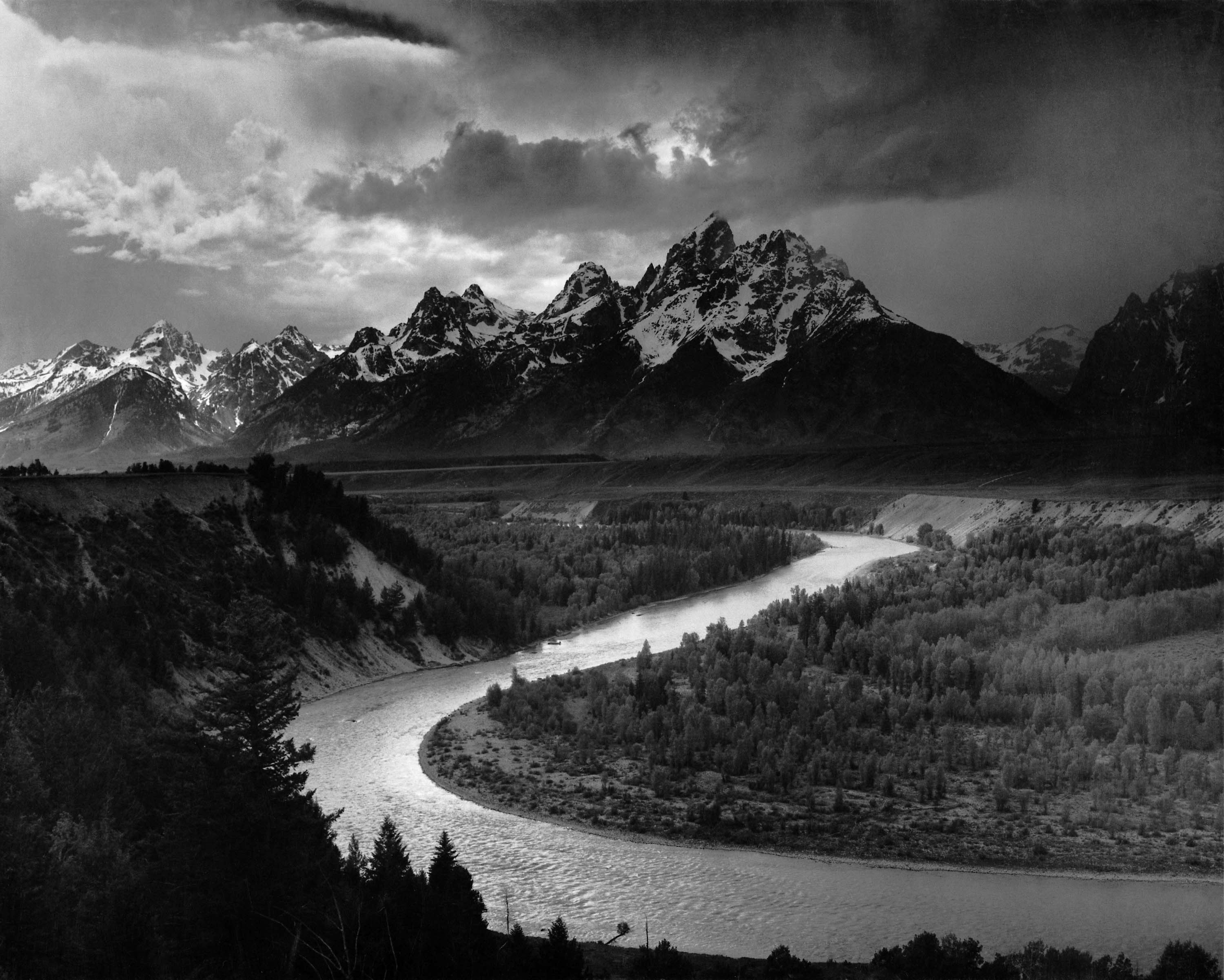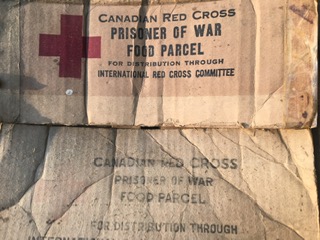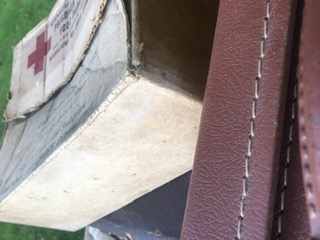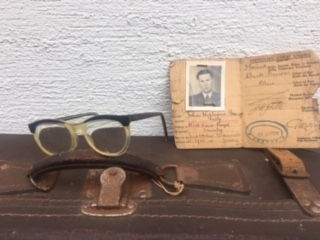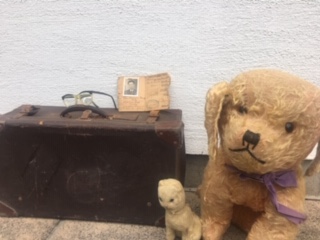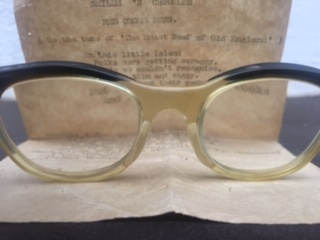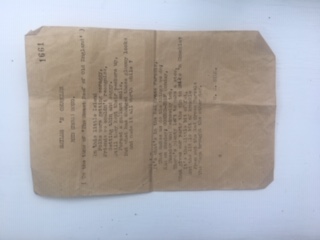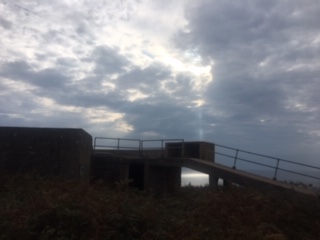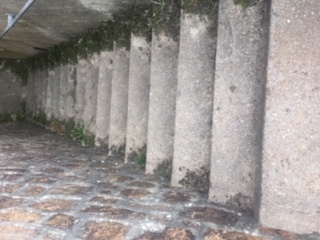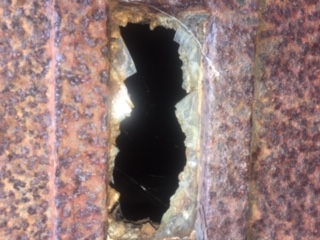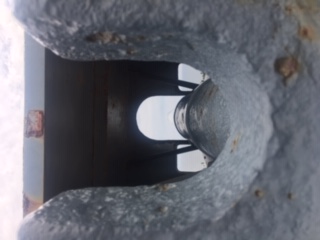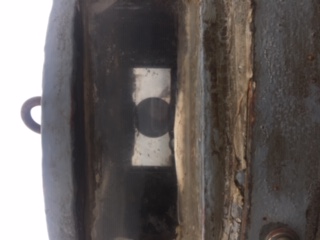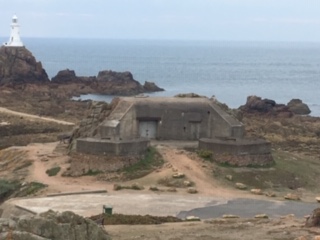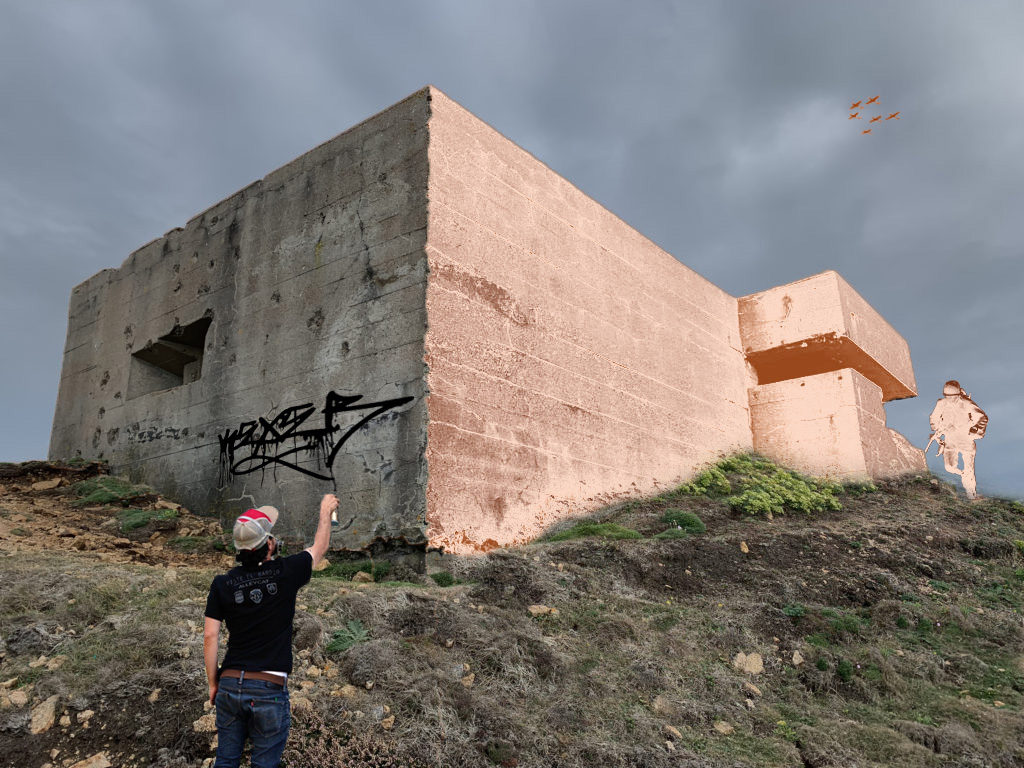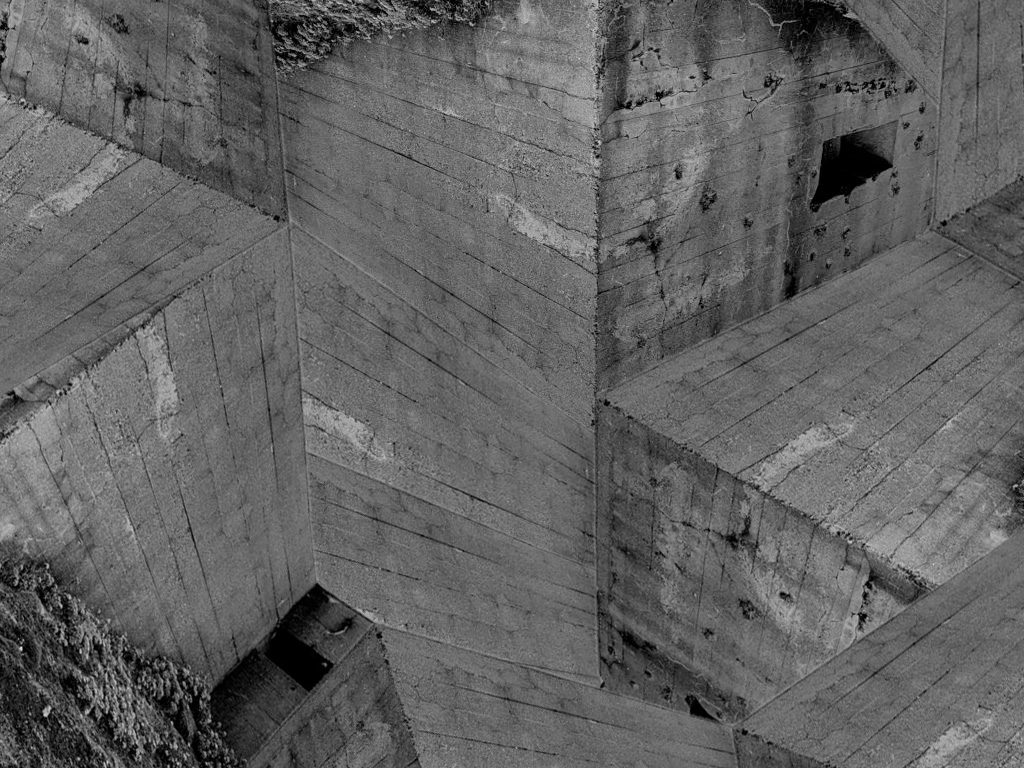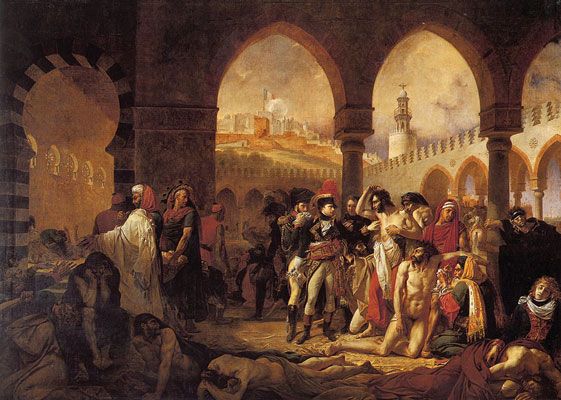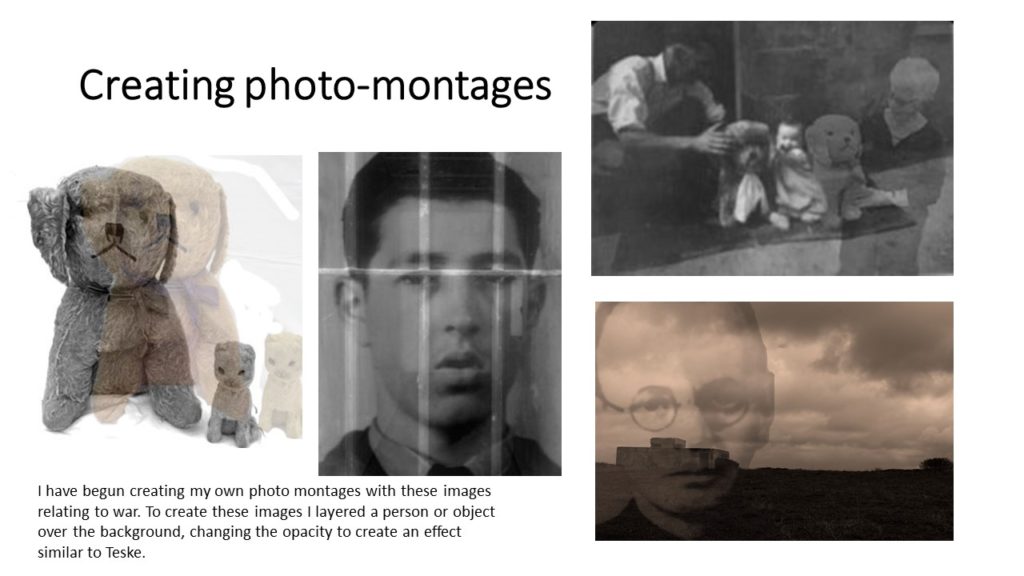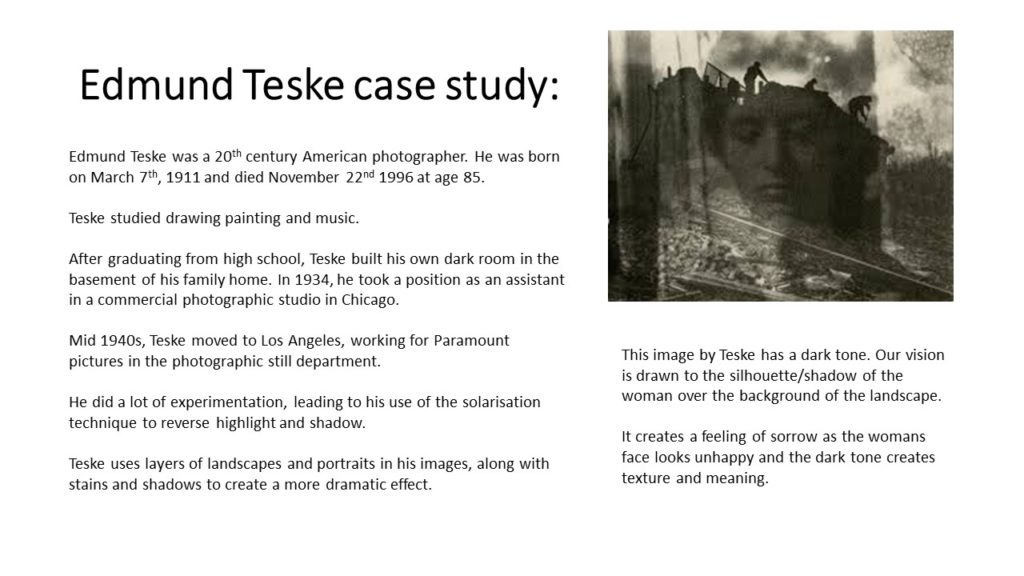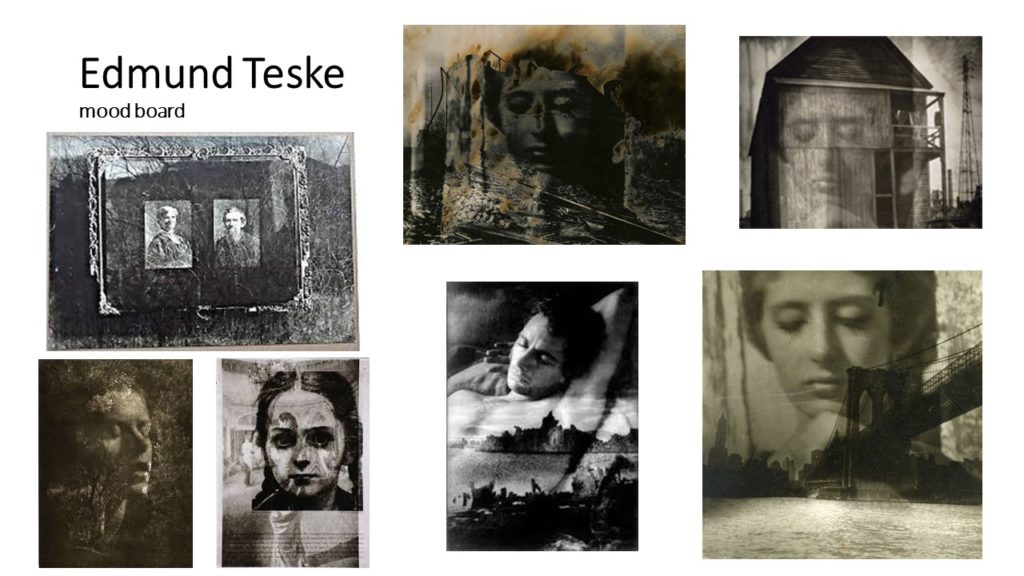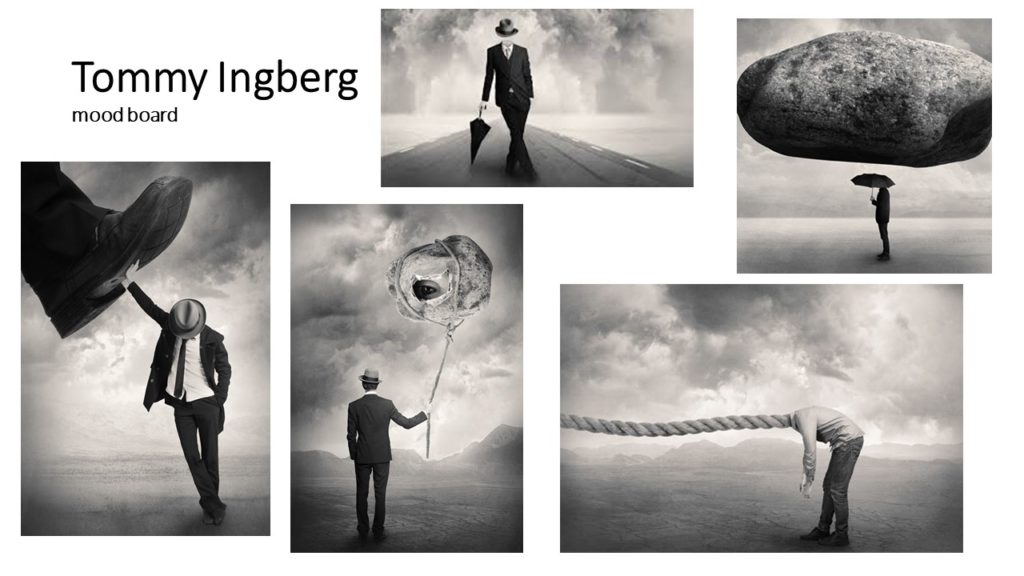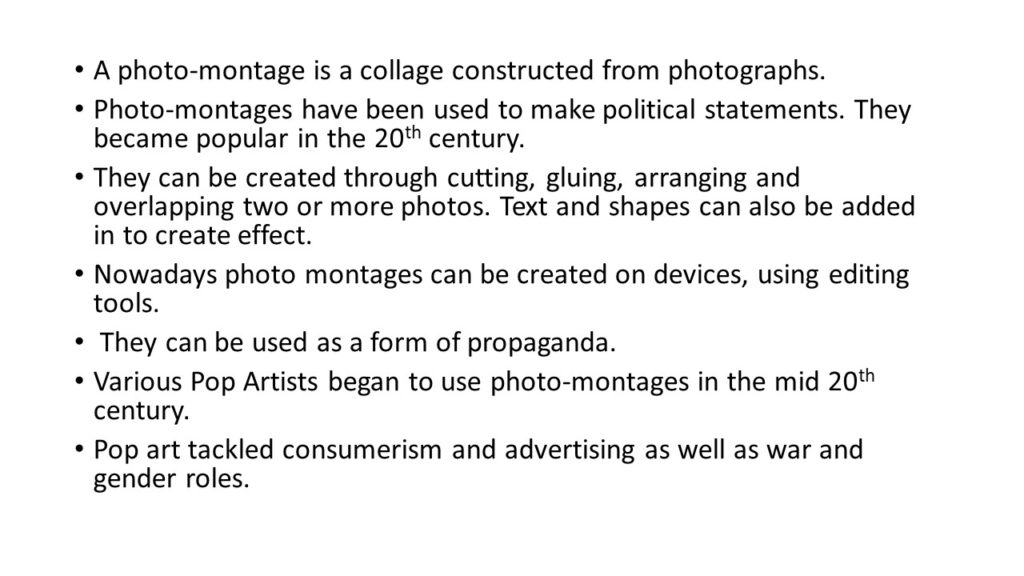Mood-board –
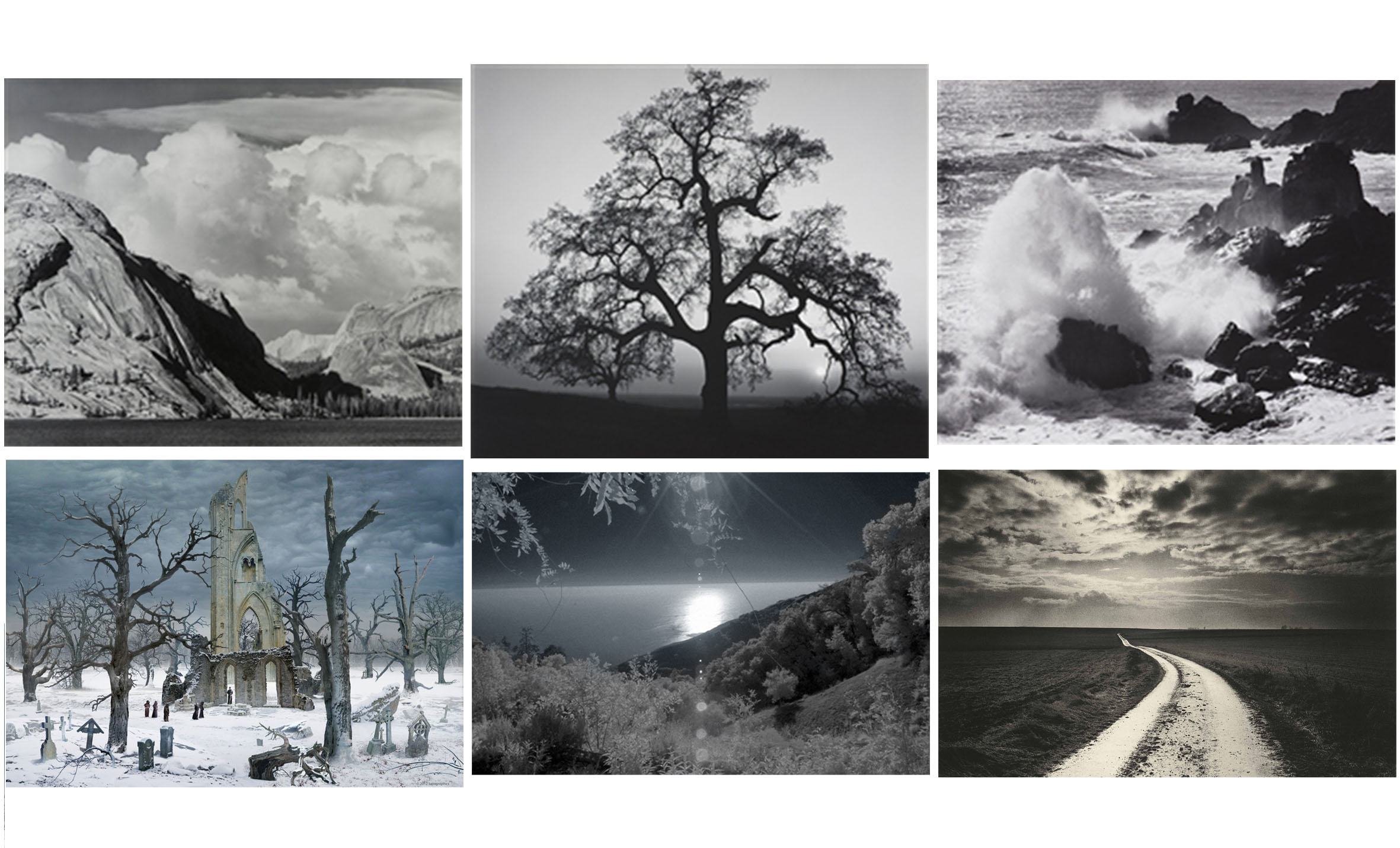

Mind-Map –

Introduction to Landscape Photography –
Landscape photography – typically used in order to capture a single moment/ presence of nature. Throughout landscape photography there are many different approaches/ types for example, large, vast and seemingly unending images in contrast to those which only portray a microscopic area or piece of landscape.
Growing in popularity during the 18th century, landscape art, in particular, nature, began to enthrall and intriuge artists increasingly more. In addition to this, during this period of time photography was also growing in popularity and as an art consequently, leading to the well-known landscape photography we know today.
In my opinion, landscape photography is a technique used my numerous photographers in order to capture the viewer; bringing them into that single scene. In addition to this, landscape photography can also be used in order to portray many different things, depending on its ‘style’/ ‘theme’. For example, Romanticism related landscape photography would convey quite a dramatic feeling whereas abstract landscape photography tends to expose the more symmetrical/ ‘underrated’ areas of a landscape.


Landscape Photoshoot –





Photoshoot – St Catherine’s
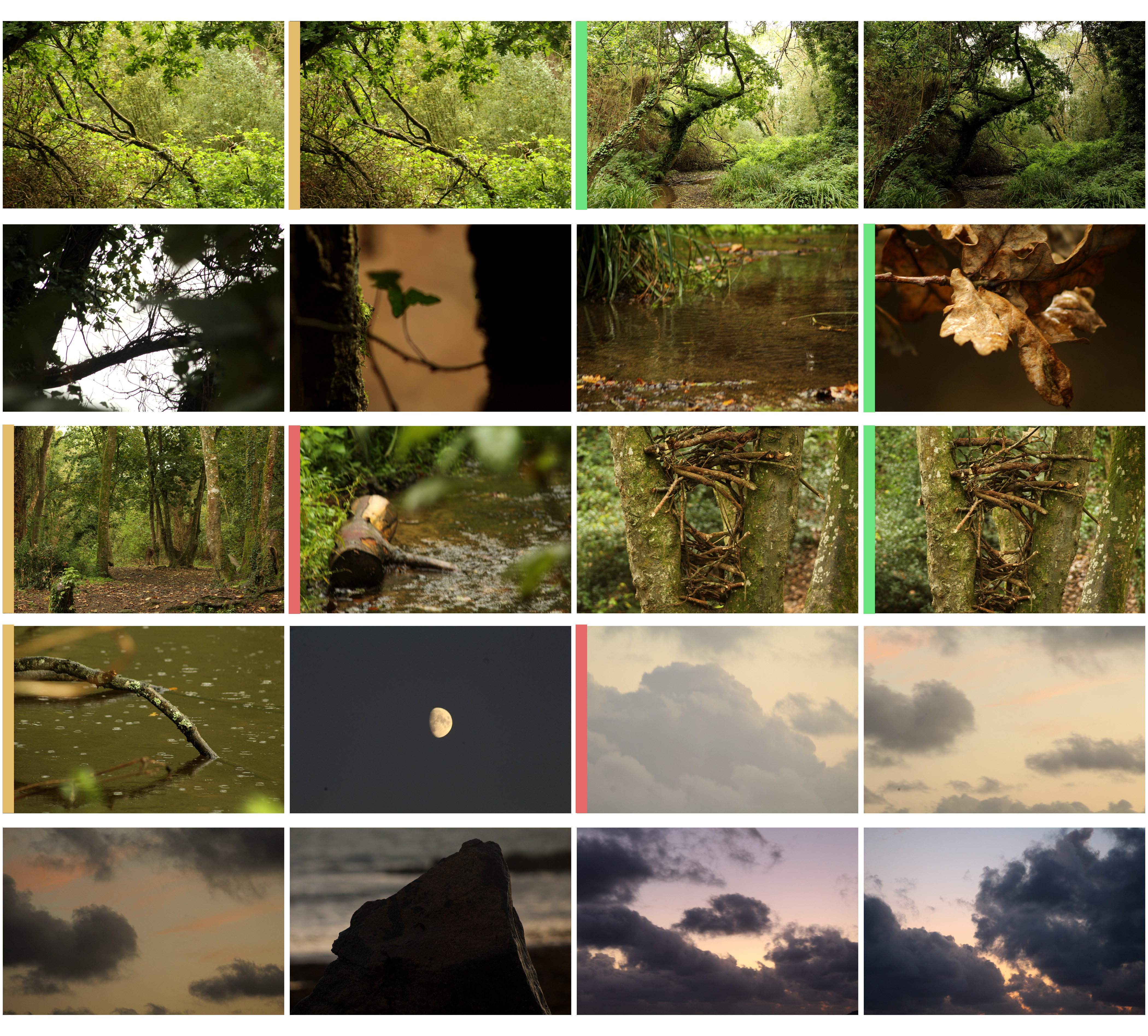

New Topographics –

Photoshoot
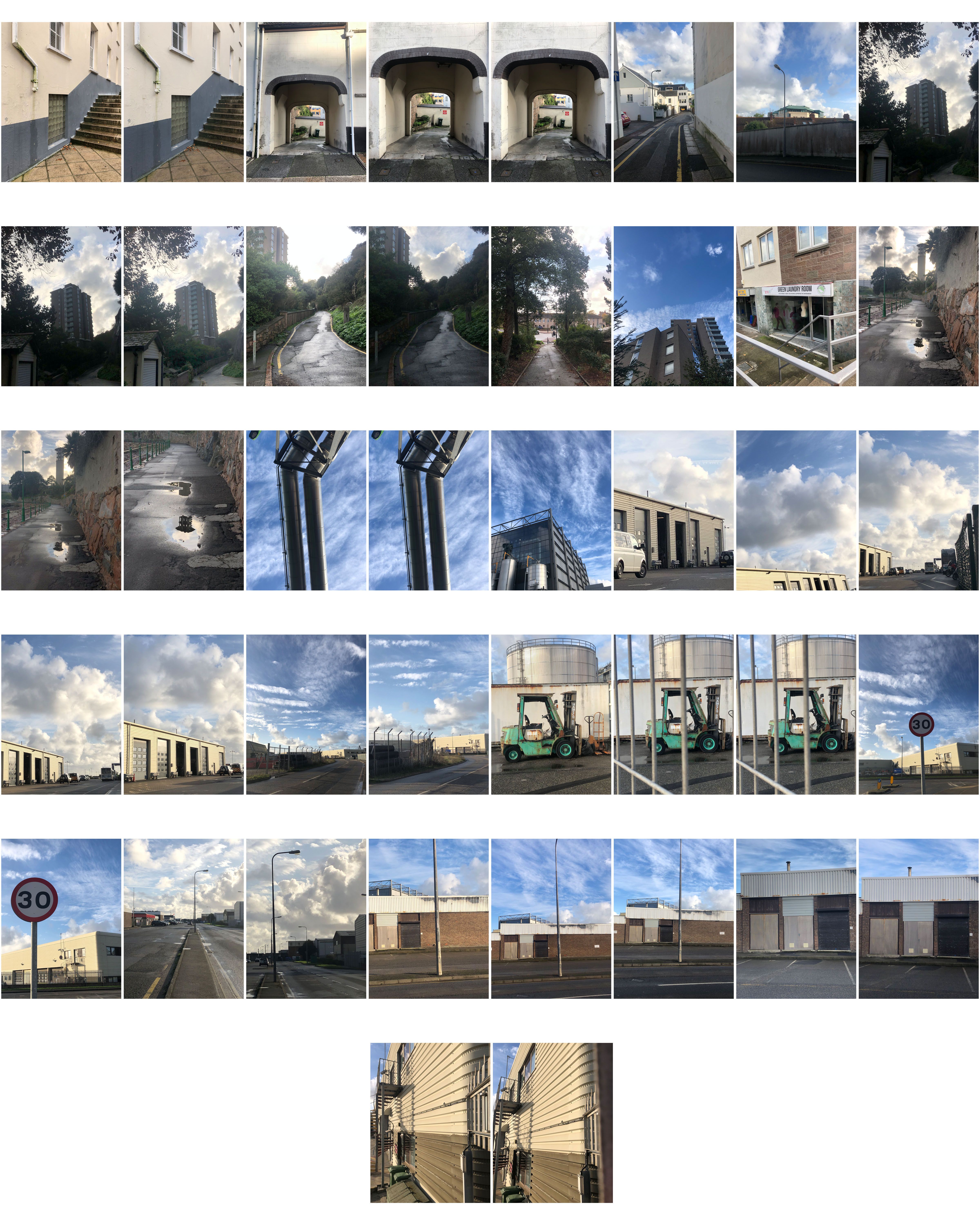


In order to edit these images, I first used the cropping tool in order to cut out any moder technologies which I though distracted from the new topography theme as it because popular during the 70’s. Once I had used the cropping tool and the spot healing brush tool to remove any veichles, I leveled the image so that the darker aspects of the imag were under exposed. I then converted the image to black and white, making sure that the clouds were emphasized and the open door was mostly black.
Photoshop 1 – Exposure Bracketing –

Photoshop 1 – Exposure Bracketing
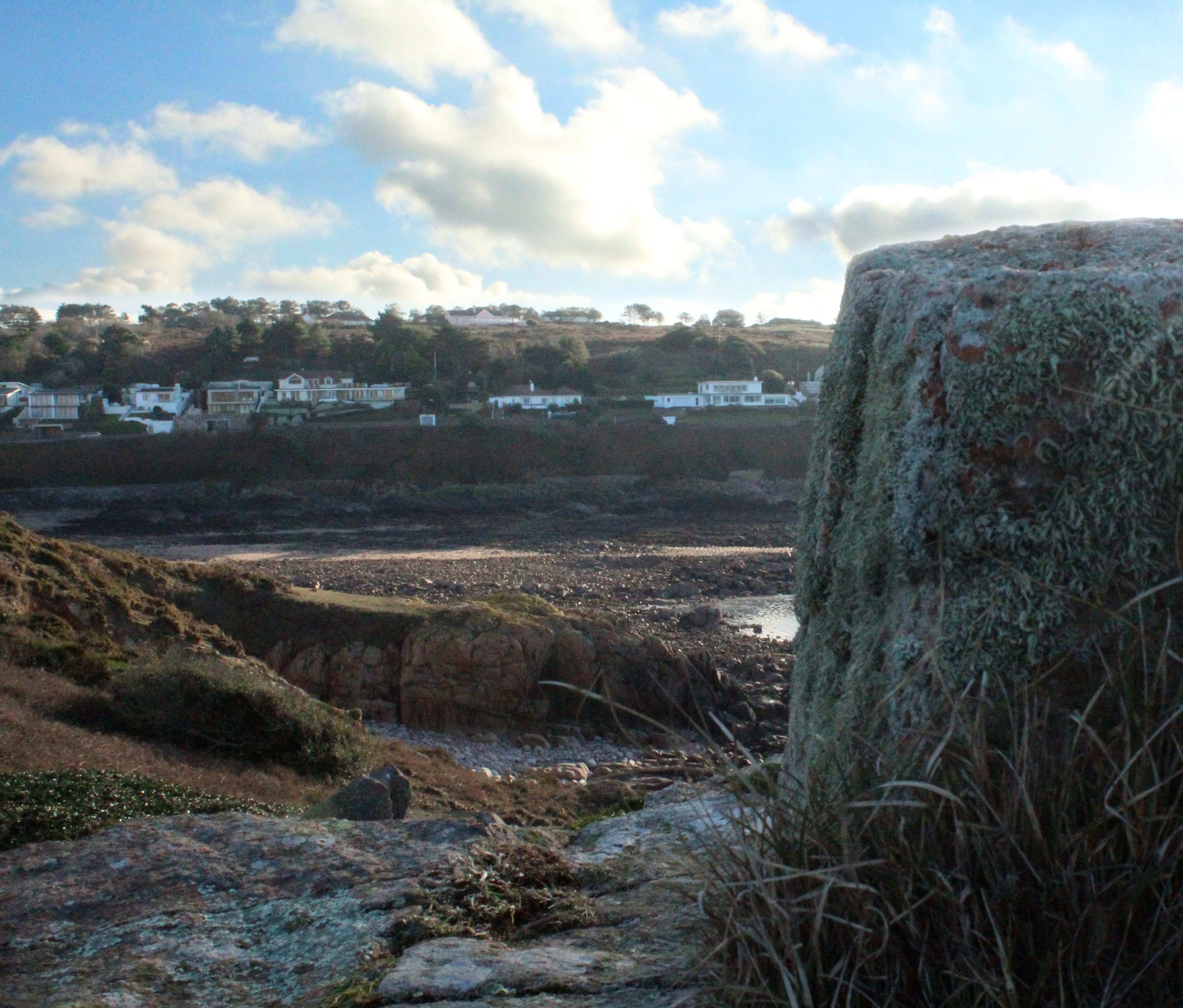

Photoshop 2 – Romanticised



Photoshop 3 – Layered


